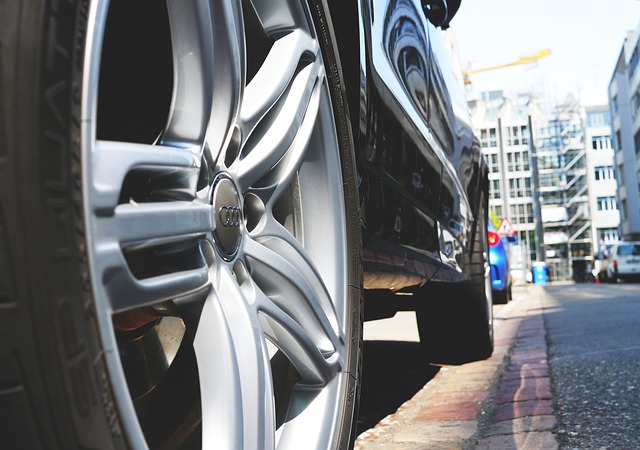Polishing is that ultimate paint preparation step that comes right before the application of protective layers such as wax, paint sealant or glass coating. Car polish comes in two distinctive forms, liquid and solid/paste. Are there any advantages to using one or the other? Read on to find out.
It is important to distinguish between car polish and wax. Polish contains abrasive elements that shave off a microscopic layer of paint to level out the surface by getting rid of paint scratches, swirls and other defects. Wax adds a shine to the paint and provides additional protection from external elements.
You may have come across car polishes that are advertised as “two-in-one”, containing both polish and wax. However, wax and oils are included in the polish in very small amounts to facilitate lubrication. This is in no way sufficient to provide the protection that paint requires. Thus, you cannot select between the two procedures because both are equally important for maintaining car paint. Most often, polishing is the step that gets omitted due to misconceptions.
Applying car polish can be a very strenuous activity if done by hand as it puts a lot of strain on arm muscles. But this is the safest option as machine polishing, especially using a rotary buffer, is only suitable for skilled and experienced detailers. One mistake with the rotary buffer and you will be looking at paint damage that requires expensive repair.
Car Polish – Liquid vs. Paste
Liquid polish usually comes in a bottle or in a can. It is easier to apply because of its texture. It does not require you to put in a lot of effort into working it into the paint. Apply a small amount to the applicator pad and start buffing the selected area. However, if applied using a machine, there is a chance that the product will sling on to other parts of the car so you have to make sure to first spread it out evenly on the surface. Also, with liquid polish there is more wastage than using paste polish.
Solid or paste polish comes in a round tin. It needs to be scooped out then applied to the paint. This can be a tricky process especially during the winter, when the product seems to harden more than usual. In this case you might want to use a sharp knife to cut it out. Paste polish also requires more buffing effort on your part. Once scooped out on to the surface, it needs to be warmed, or liquefied for a more consistent and easier application. This form is best applied by hand using microfiber applicator pads than polishing machines such a dual action polisher or a rotary buffer.
Ultimately, using liquid or paste car polish really comes down to personal preference. Both forms have the same properties and yield same results, depending on how well you buff the surface and which product brand you are using. Liquid polish is the most abundantly available car polish form, possibly due to the ease of application.
The key to great polishing is preparing the surface beforehand by cleaning the paint using an effective method such as steam followed by claying to get rid of all contaminants. Schedule an appointment with DetailXPerts to experience ultimate car detailing at the hands of professionals with years of experience in the industry.





